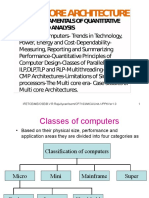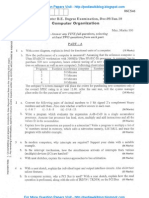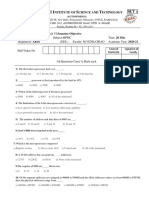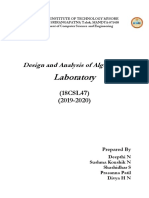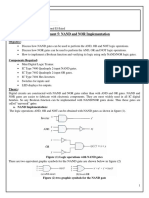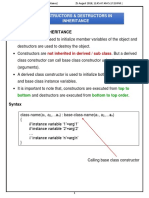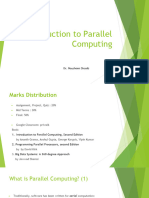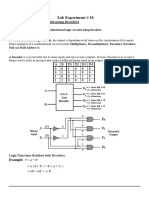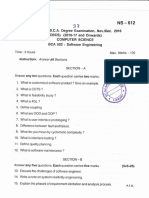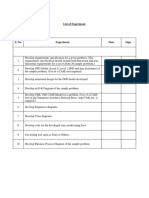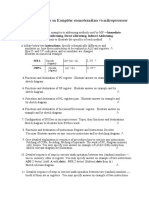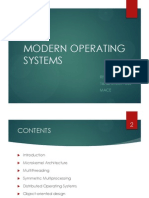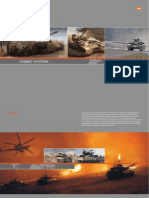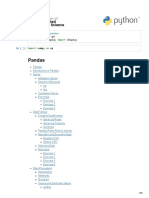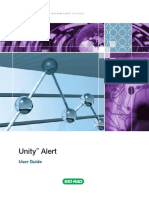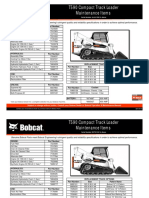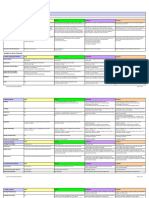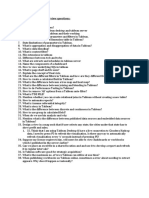0% found this document useful (0 votes)
32 views49 pagesLecture 1 Introduction 1
The document outlines an introductory lecture on Parallel and Distributed Computing, detailing course prerequisites, grading requirements, and recommended materials. It covers key concepts such as shared and distributed memory, parallel programming, GPU computing, and various types of computing systems. The lecture emphasizes the importance of parallel computing in solving complex problems efficiently and highlights future trends in computing technology.
Uploaded by
ibrahimo.candy00Copyright
© © All Rights Reserved
We take content rights seriously. If you suspect this is your content, claim it here.
Available Formats
Download as PPTX, PDF, TXT or read online on Scribd
0% found this document useful (0 votes)
32 views49 pagesLecture 1 Introduction 1
The document outlines an introductory lecture on Parallel and Distributed Computing, detailing course prerequisites, grading requirements, and recommended materials. It covers key concepts such as shared and distributed memory, parallel programming, GPU computing, and various types of computing systems. The lecture emphasizes the importance of parallel computing in solving complex problems efficiently and highlights future trends in computing technology.
Uploaded by
ibrahimo.candy00Copyright
© © All Rights Reserved
We take content rights seriously. If you suspect this is your content, claim it here.
Available Formats
Download as PPTX, PDF, TXT or read online on Scribd
/ 49

